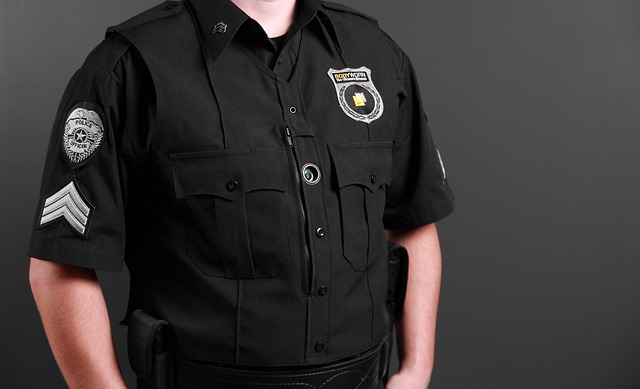Wireless security camera systems have transformed surveillance by offering flexible, discreet protection for homes and businesses, eliminating complex wiring. These systems leverage Wi-Fi or cellular connections for remote monitoring via smartphones or computers, with features like motion detection, night vision, and two-way audio. Strategically placed in corners, behind furniture, or on ceilings/walls, they provide real-time alerts and video streaming, enhancing safety while maintaining ethical use through legal guidelines, consent, transparency, and data access restrictions.
Hidden cameras offer a discreet surveillance solution, ideal for home or business. This article explores wireless security camera systems—a modern approach to monitoring. We delve into their advantages, from enhanced security to remote access. Discover various types and optimal placement strategies. Also covered are ethical considerations and legal implications surrounding this technology, ensuring responsible use of these innovative devices. Wireless security camera systems provide a powerful tool for peace of mind.
Understanding Wireless Security Camera Systems
Wireless security camera systems have revolutionized discreet surveillance, offering a modern and flexible approach to home and business protection. These systems operate independently of traditional wired connections, leveraging wireless network technology instead. This not only allows for easy installation in hard-to-reach areas but also enables remote monitoring via smartphones or computers. The heart of these systems is often a central hub that connects to multiple cameras, providing real-time video streaming and recording capabilities.
One of the key advantages of wireless security camera systems lies in their discreetness. Because they don’t require cumbersome cables, these cameras can be seamlessly integrated into various environments without drawing attention. Additionally, many modern wireless cameras come equipped with advanced features like motion detection, night vision, and two-way audio, ensuring comprehensive surveillance. This technology has become increasingly accessible and affordable, making it a popular choice for individuals seeking enhanced security without the complexities of traditional wired setups.
Advantages of Discreet Surveillance Cameras
Discreet surveillance cameras offer a multitude of advantages in enhancing security and peace of mind. One of the key benefits is their ability to operate wireless, eliminating the need for cumbersome cords or complex wiring. This not only facilitates easy installation but also ensures greater flexibility in terms of camera placement, allowing users to strategically position them in hard-to-reach or sensitive areas without compromising aesthetics or functionality.
Additionally, these cameras often come equipped with advanced features such as motion detection and real-time alerts, enabling users to receive instant notifications when activity is detected. This proactive approach to security enhances the overall effectiveness of wireless security camera systems, making them invaluable for homes, businesses, and public spaces where discreet observation is necessary to prevent and deter potential crimes or incidents.
Types and Placement Strategies
Hidden cameras, also known as covert surveillance equipment, come in various types designed for discreet installation. Wireless security camera systems, for instance, offer unparalleled flexibility in placement and monitoring. These systems utilize Wi-Fi or cellular networks to transmit video feeds directly to a smartphone or computer, allowing users to remotely access live footage from virtually anywhere. This feature makes them ideal for both home and business applications where discretion is paramount.
Placement strategies for these cameras vary based on the specific surveillance needs. Common locations include corners of rooms, behind furniture, or inside everyday objects like picture frames or plants. Ceilings and walls are also popular spots, especially in public spaces where they remain largely unnoticed. The goal is to position the camera in a way that captures the desired area without raising suspicion, ensuring effective and legal surveillance.
Ethical Considerations and Legal Implications
The use of hidden and covert cameras for discreet surveillance raises significant ethical considerations and legal implications, particularly when discussing wireless security camera systems. While these devices can offer enhanced safety and peace of mind, their application must be balanced against potential privacy invasions. Installers and users must adhere to strict guidelines to ensure that the rights of individuals are not infringed upon.
Wireless security camera systems, if deployed without proper authorization or notice, can breach privacy laws and lead to severe legal consequences. It is essential to respect the reasonable expectation of privacy, especially in public spaces. Ethical use involves obtaining consent where feasible, ensuring transparency in surveillance practices, and limiting access to recorded footage only to authorized personnel. Regular audits and training on ethical surveillance practices can help maintain the integrity of these systems.
Hidden and covert cameras offer a level of discretion that traditional surveillance systems cannot match. Wireless security camera systems, with their advanced features and easy installation, provide an effective solution for both home and business owners seeking discreet monitoring. By understanding the advantages, types, and ethical implications, users can make informed decisions while navigating the legal boundaries surrounding this technology.
